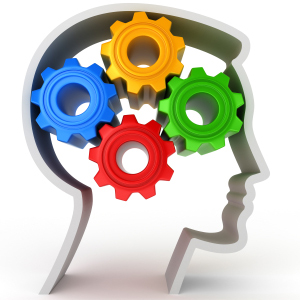A new study suggests that people with autism are more likely to have synaesthesia.
As explained in my previous article, Synesthesia is a neurologically based phenomenon in which stimulation of one sensory or cognitive pathway leads to automatic, involuntary experiences in a second sensory or cognitive pathway- News-medical.net
The study was carried out by a team of scientists led by Professor Simon Baron-Cohen at the Autism Research Centre at Cambridge University. The research team started their work from the assumption that both people with Synaesthesia and those with autism have atypical neural connectivity; Synaesthesia involves atypical connections between brain areas that are not usually wired together, and Autism is also believed to involve over-connected neurons.
The study was conducted on 164 adults with autism spectrum disorder and 97 adults without autism. Results revealed that synaesthesia occurred in 18.9% of people with autism and in 7.2% of typically developing individuals- Screening showed that 31 people with autism had various types of synaesthesia (grapheme-colour, sound-colour, or other visual experiences triggered by certain tastes, pains, or smells).
“I have studied both autism and synaesthesia for over 25 years and I had assumed that one had nothing to do with the other. These findings will re-focus research to examine common factors that drive brain development in these traditionally very separate conditions. An example is the mechanism ‘apoptosis,’ the natural pruning that occurs in early development, where we are programmed to lose many of our infant neural connections. In both autism and synaesthesia apoptosis may not occur at the same rate, so that these connections are retained beyond infancy” stated Professor Baron-Cohen.
Moreover, another crucial point regarding the genetic factors involved in both conditions was stressed by Professor Simon Fisher, a member of the team, who also happens to be the Director of the Language and Genetics Department at Nijmegen’s Max Planck Institute.
He said that “Genes play a substantial role in autism and scientists have begun to pinpoint some of the individual genes involved. Synaesthesia is also thought to be strongly genetic, but the specific genes underlying this are still unknown. This new research gives us an exciting new lead, encouraging us to search for genes which are shared between these two conditions, and which might play a role in how the brain forms or loses neural connections.”
Donielle Johnson, a research team member, stated that these results are to be added to the list of sensory issues typically dealt with when working with people with Autism Spectrum Disorder. She added that such results should be used by educators and clinicians designing learning environments that are autism-friendly.
Source: ScienceDaily
Photo Credit: iStock




